The SPARK facility—11,000 square feet of renovated space in the historic South Side on Lamar building—looks like a playtime paradise. The play area is a tangle of slides, catwalks, winding stairways, spider-web-like climbing nets, crawl tubes, and stations for creative play. There’s an interactive percussion area. A Lego sculpture city. A music recording booth.
But the playspace, awesome as it sounds, is actually just the warm-up. It functions as a way for kids to get energized before tackling a creative activity—and creativity, through hands-on, immersive art projects, is at the heart of SPARK’s mission.
SPARK, open since last June, is a nonprofit creative learning organization that provides children with opportunities to create—and teaches them to view themselves as creative individuals. The program focuses on kids from second grade through high school, who often come to SPARK through school, after-school programs, scout troops, and religious organizations. (Once a month, SPARK hosts an open house and invites families to come and explore its facility.) Since June, more than 1,900 participants have come through SPARK’s doors, and of those, about 57 percent have been children from low-income communities.
“Children who define themselves as creative have better problem-solving skills, and that adds up to better success academically and professionally,” says Beverly Davis, co-founder and executive director of SPARK. “We thought, if we could help children embrace creativity, we could help those children have more success in their academic careers.”
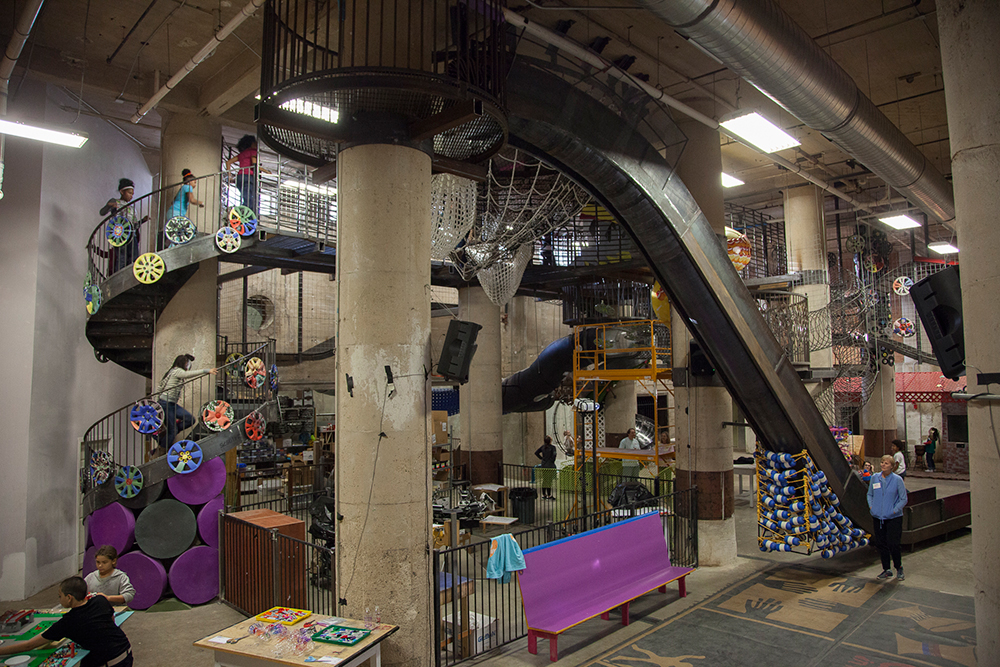
A look at SPARK in South Side on Lamar. Photo by David Halloran.
The idea for SPARK was inspired by a facility in St. Louis called City Museum. Davis would often take her nieces and nephews there, and she was always impressed with the creative environment. The idea came to her to open a facility that offered an immersive environment like the one in St. Louis, but coupled with hands-on education and learning. As she began to research the psychology of creativity, she learned that children become less confident in their creative abilities as they age. Kids who define themselves as creative individuals have higher self-esteem and often perform better at school. The SPARK website cites these facts from James S. Catterall’s book, Doing Well and Doing Good by Doing Art: kids engaged with the arts are more likely to go to college, perform well in college, and obtain their degrees.
“Children who define themselves as creative have better problem-solving skills, and that adds up to better success academically and professionally,” says Beverly Davis, co-founder and executive director of SPARK.
SPARK’s classes, creative and diverse in nature, are instructed by professional creative individuals—everyone from artists, welders, and musicians. Project curriculum includes percussion, theater, stop animation, visual art, sculpture, improv, and jewelry-making. The warm-up play space is made primarily of recycled materials—the crawl tubes are made-over versions of the ones formerly installed in Niemen Marcus’ store windows at Christmas time—but many of the creative projects involve repurposed materials, too. During one class, the children learned about recycled art, then were given their own hubcap to decorate. They explored ideas, drafted concepts, and chose color palettes. After the hubcaps were decorated, they were installed at the SPARK facility. Kids were invited to bring their families and show off their masterpieces.
SPARK surveys the children who participate in its programs to ensure that they’re learning—and learning to identify themselves as creative people. One 13-year-old wrote: “I learned that it is fun and okay to be imaginative and creative. I also learned that I could do anything if I believed in myself.”
“Our mission is to ignite the spark of creativity inherent in all children,” Davis says. “The best way to learn a new language is total immersion. It’s the same with creativity.”
For a daily dose of what’s new, now, and next in Dallas-Fort Worth innovation, subscribe to our Dallas Innovates e-newsletter.

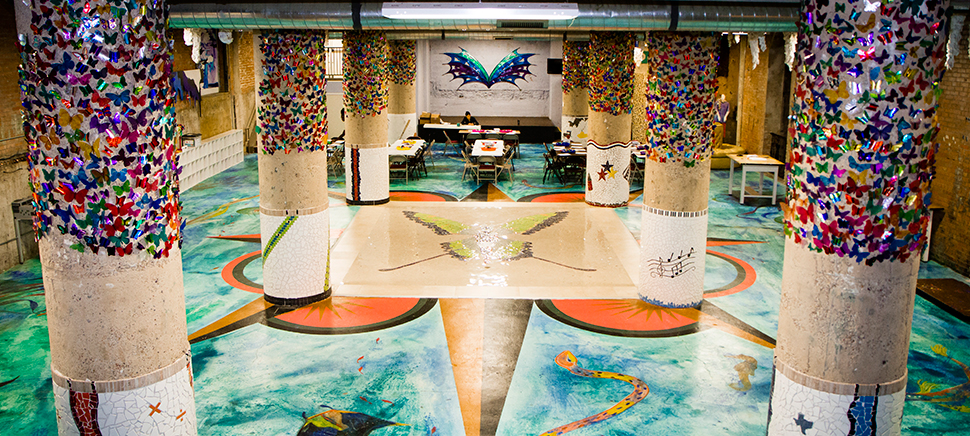
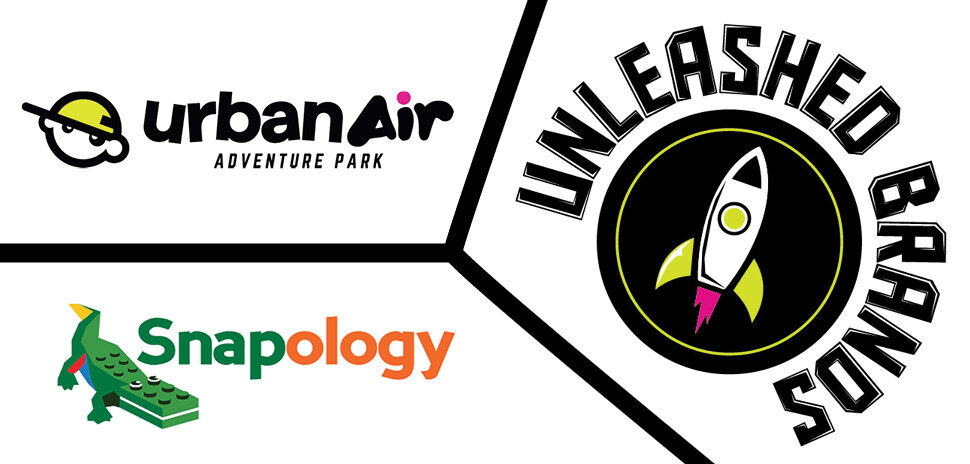
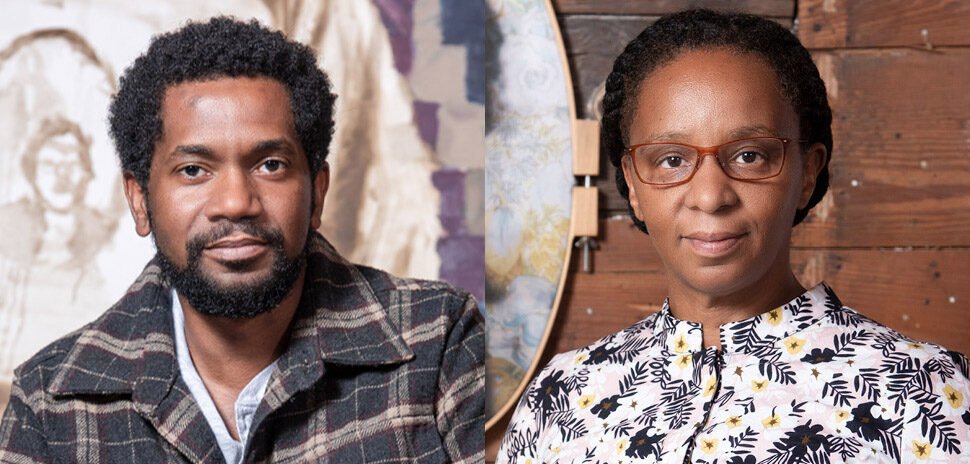
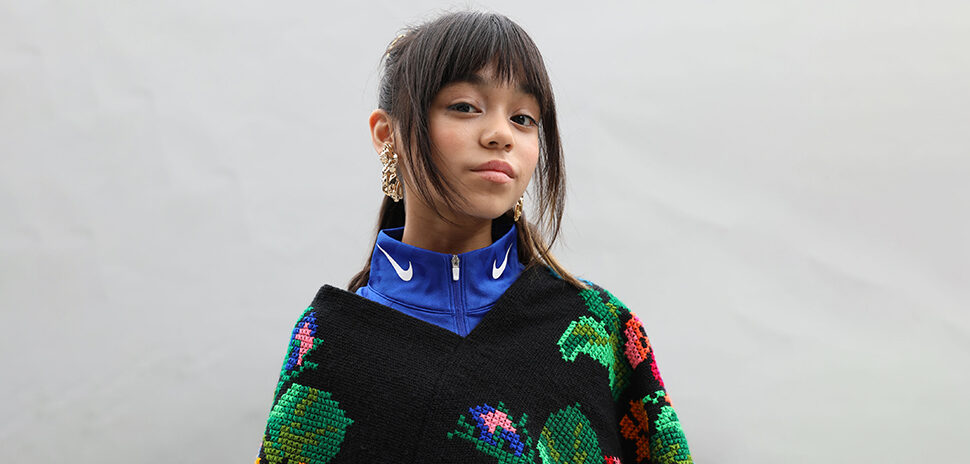

![Erica Kosemund, Chief Brand Officer, Choctaw Nation of Oklahoma; Gillian Breidenbach, Chief Partnership Officer, North Texas FWC Organizing Committee; Chief Gary Batton, Chief of Choctaw Nation of Oklahoma; Monica Paul, Executive Director of Dallas Sports Commission and President of North Texas FWC Organizing Committee; John Hobbs, Senior Executive Officer of Communications, Choctaw Nation of Oklahoma; and Heidi Grant, Senior Executive Officer of Commerce Administration, Choctaw Nation of Oklahoma, celebrate Choctaw Casinos & Resorts becoming an Official Dallas World Cup 2026 Host City Supporter. [Photo: North Texas FWC Organizing Committee/Choctaw Casinos & Resorts]](https://s24806.pcdn.co/wp-content/uploads/2025/12/FIFA-Choctaw-dec-2025-75x69.jpg)




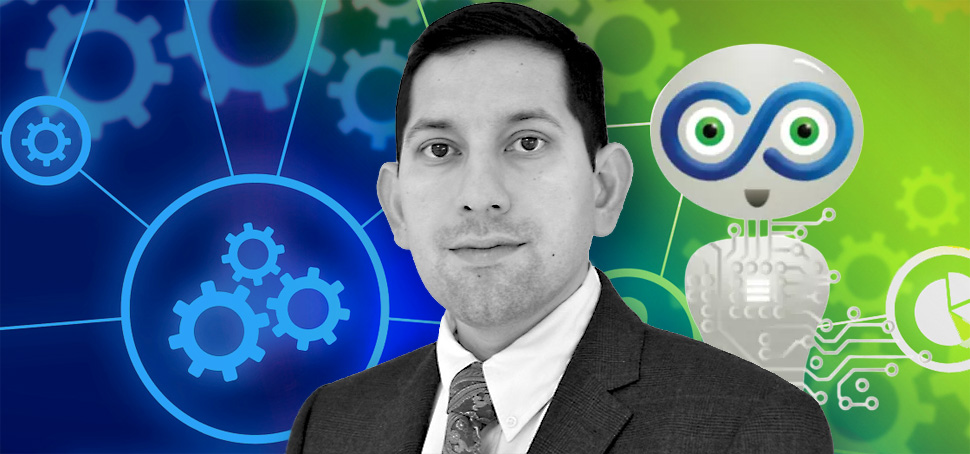
![Erica Kosemund, Chief Brand Officer, Choctaw Nation of Oklahoma; Gillian Breidenbach, Chief Partnership Officer, North Texas FWC Organizing Committee; Chief Gary Batton, Chief of Choctaw Nation of Oklahoma; Monica Paul, Executive Director of Dallas Sports Commission and President of North Texas FWC Organizing Committee; John Hobbs, Senior Executive Officer of Communications, Choctaw Nation of Oklahoma; and Heidi Grant, Senior Executive Officer of Commerce Administration, Choctaw Nation of Oklahoma, celebrate Choctaw Casinos & Resorts becoming an Official Dallas World Cup 2026 Host City Supporter. [Photo: North Texas FWC Organizing Committee/Choctaw Casinos & Resorts]](https://s24806.pcdn.co/wp-content/uploads/2025/12/FIFA-Choctaw-dec-2025.jpg)


















